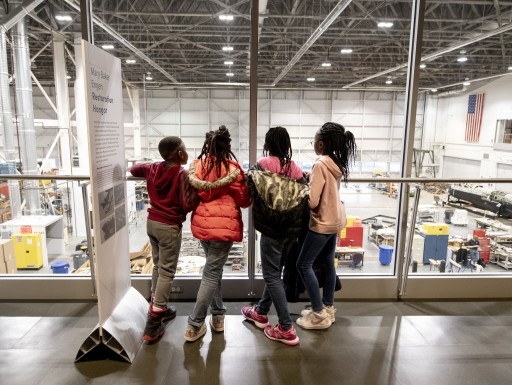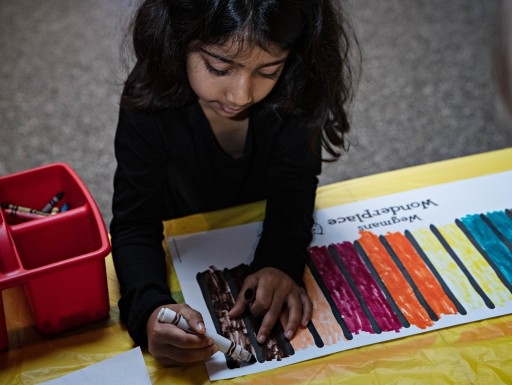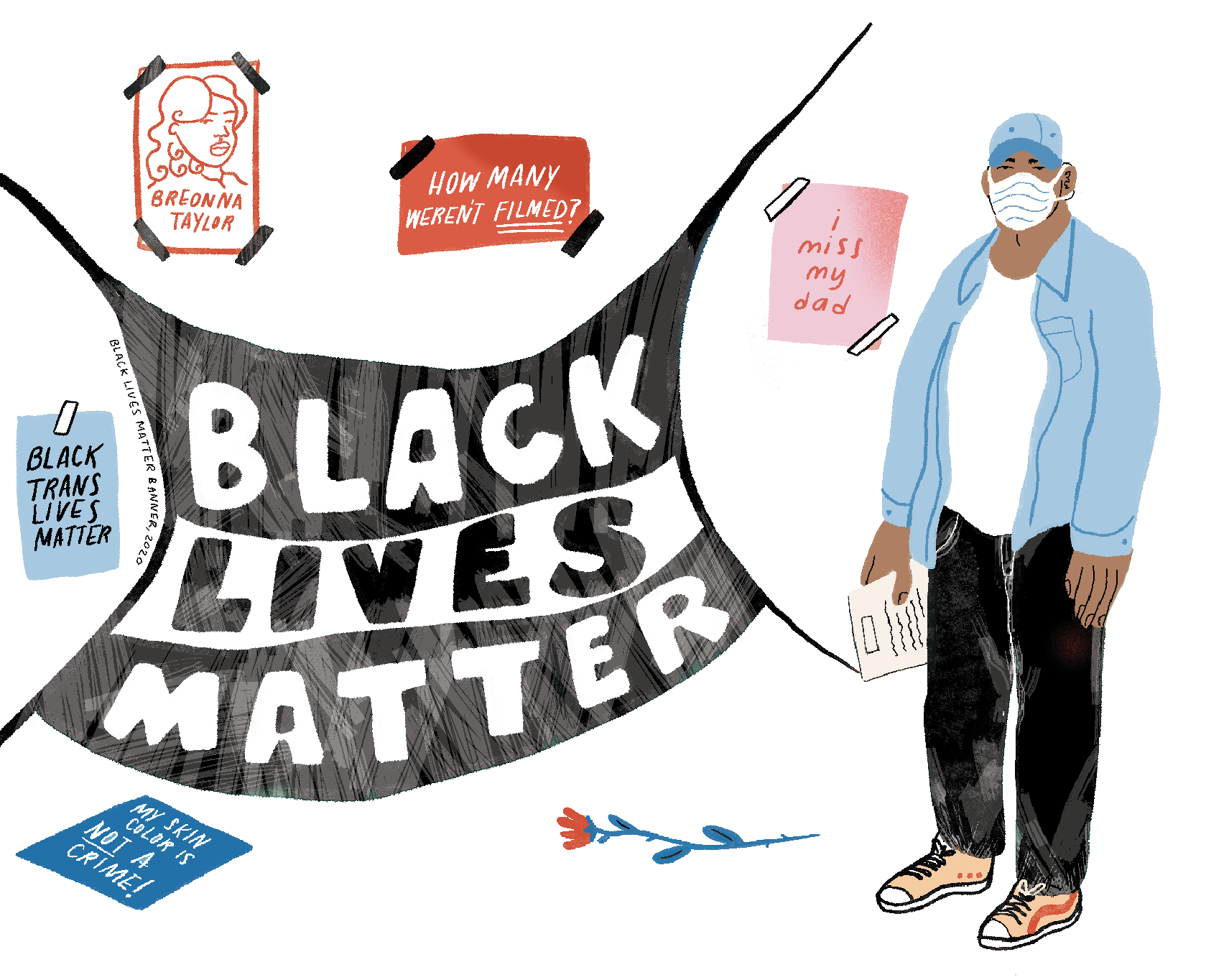
Near Washington, D.C.,’s Lafayette Square, curator Aaron Bryant walks the streets, talking to protesters and everyday people about what is happening right now, today, in communities across the country. He listens to their stories. He wants their protest posters for the national collection at the Smithsonian.
“Objects are just metaphors for individual humanities. And behind each humanity is a story and a voice we want to preserve and share.” —Aaron Bryant, National Museum of African American History and Culture
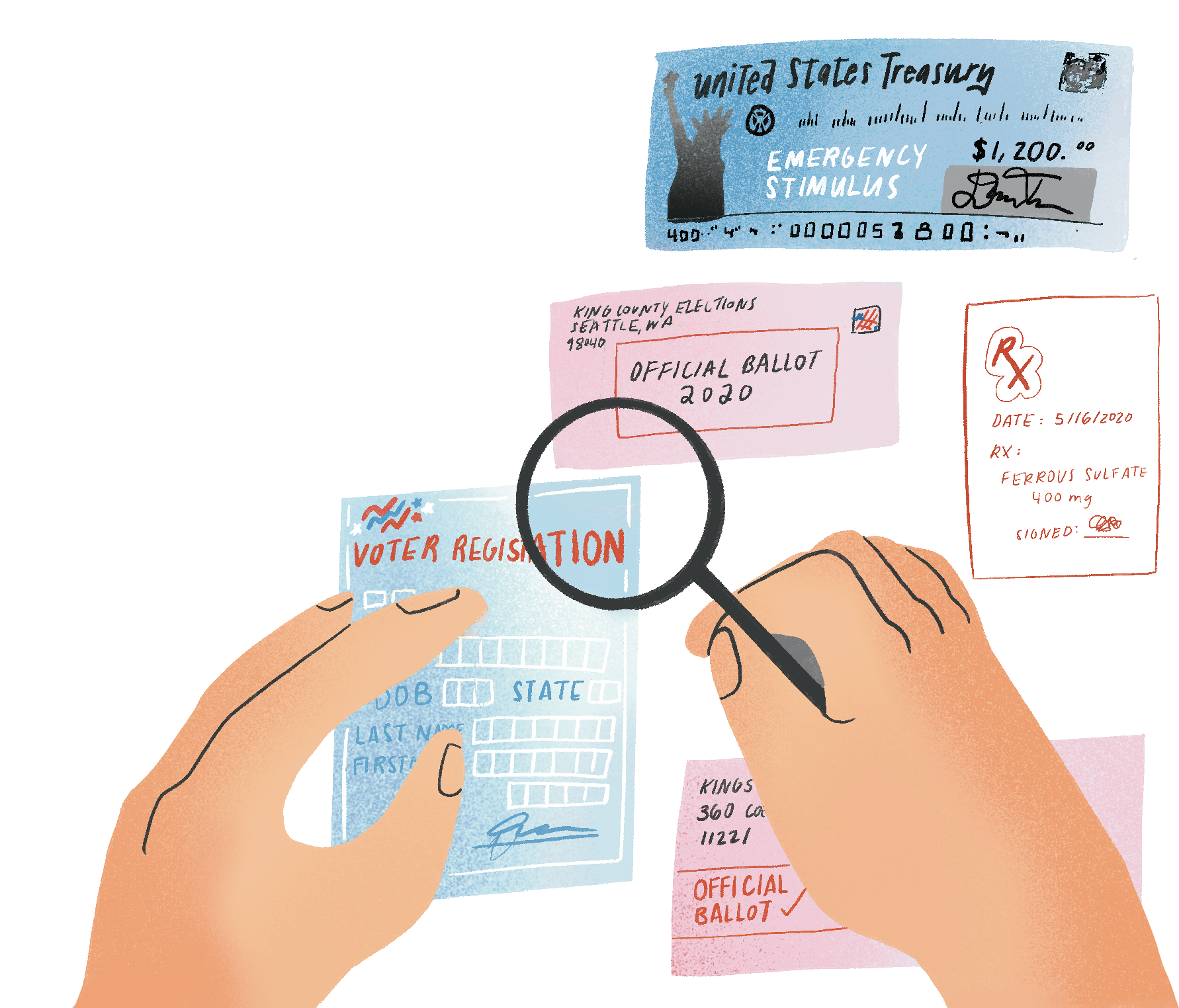
Amid a global pandemic, curator Daniel Piazza chronicles the heightened importance of the U.S. Postal Service by collecting the mail that has become a lifeline for people—from stimulus checks to mail-in ballots.
“Objects can give a sense of what it was like to live through the time, of the social history and the lived experience.” —Daniel Piazza, National Postal Museum
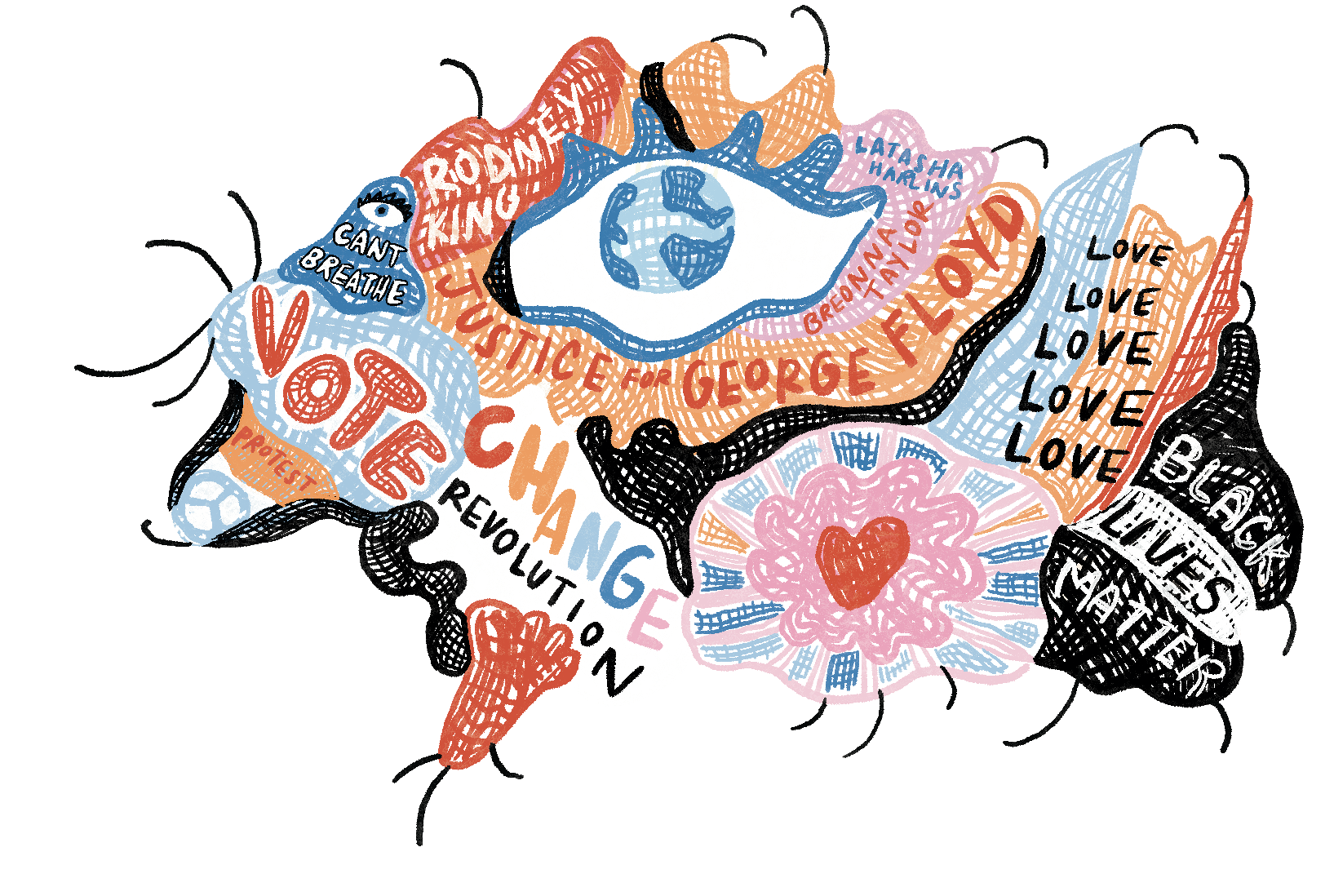
“When protesters began filling the streets, I focused my explosion of emotion into crocheting, my way of peaceful protesting. Later, I purchased a flight to Washington, D.C., and installed my art near the White House.” —Los Angeles Street Artist London K.
The artist posted her story to the Anacostia Community Museum’s Moments of Resilience portal, a digital collection of personal stories.
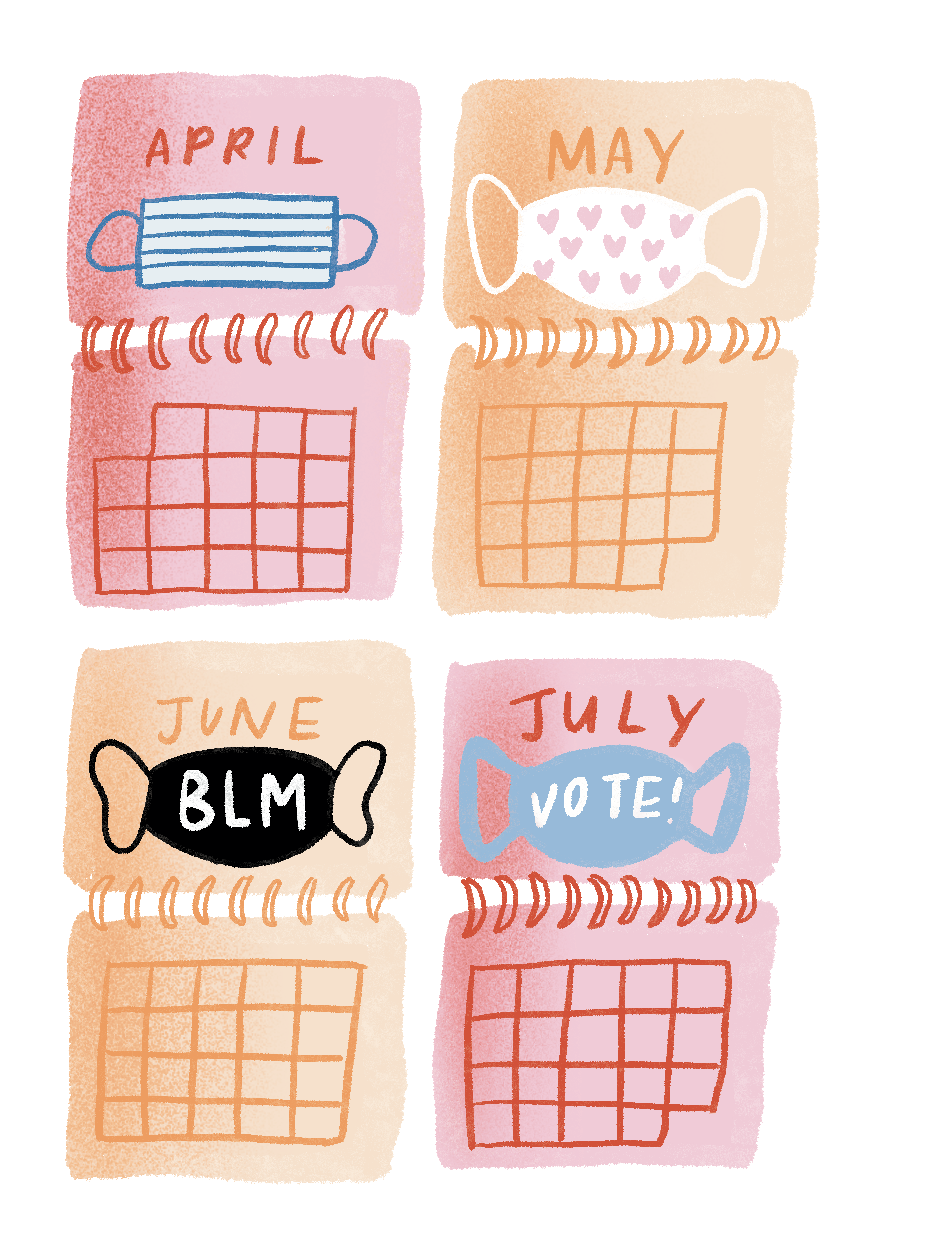
Curator Alexandra Lord has been charting the evolution of the COVID-19 masks, from homemade to mass-produced to those featuring social or political viewpoints.
“We are thinking bigger and broader to make sure objects reflect the diversity of the American experience.” —Alexandra Lord, National Museum of American History
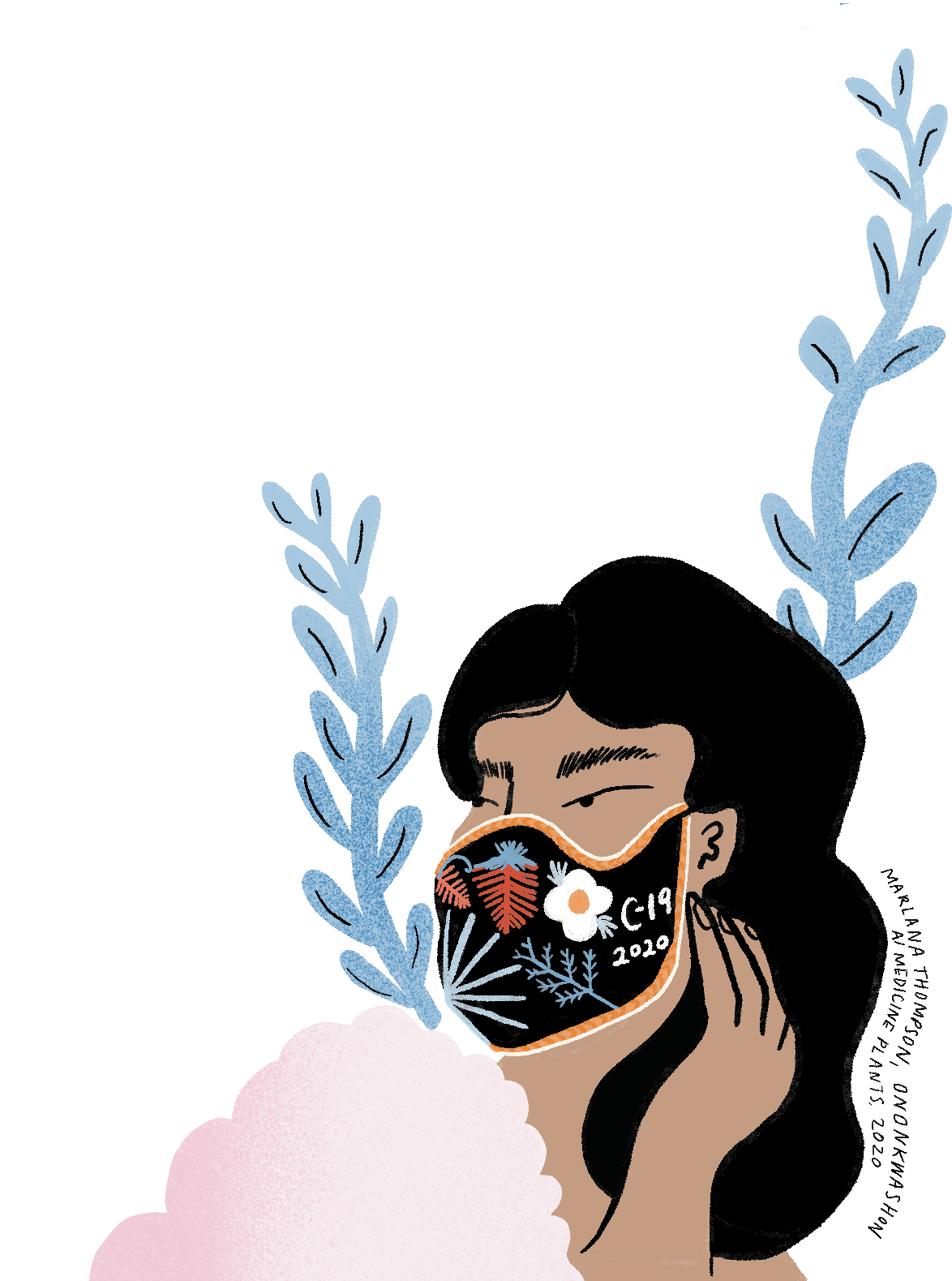
Mohawk (Wolf Clan) artist Marlana Thompson handcrafts a protective face mask with intricate beadwork symbolizing gratitude for medicinal plants. The mask, now at the Smithsonian American Art Museum, includes a layer of sweetgrass and sage, indigenous healing plants.
“This mask is my way to give thanks to the medicine plants Creator has given us to heal.” —Marlana Thompson, Mohawk Nation of Akwesasne
“With beading, a medium steeped in Native traditions, artists respond to events of today.” —Anya Montiel, curator, Smithsonian American Art Museum and the National Museum of the American Indian
Your gift fuels innovation, inspiration and exploration for lifelong learners everywhere. Make a gift today.


